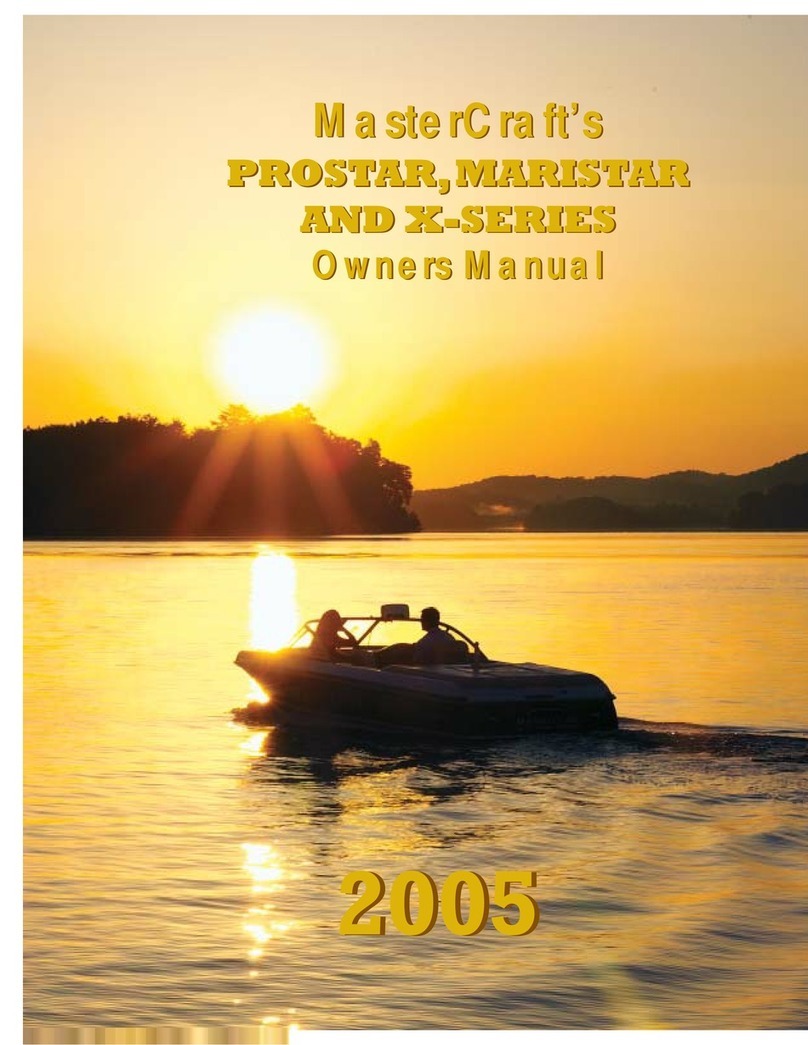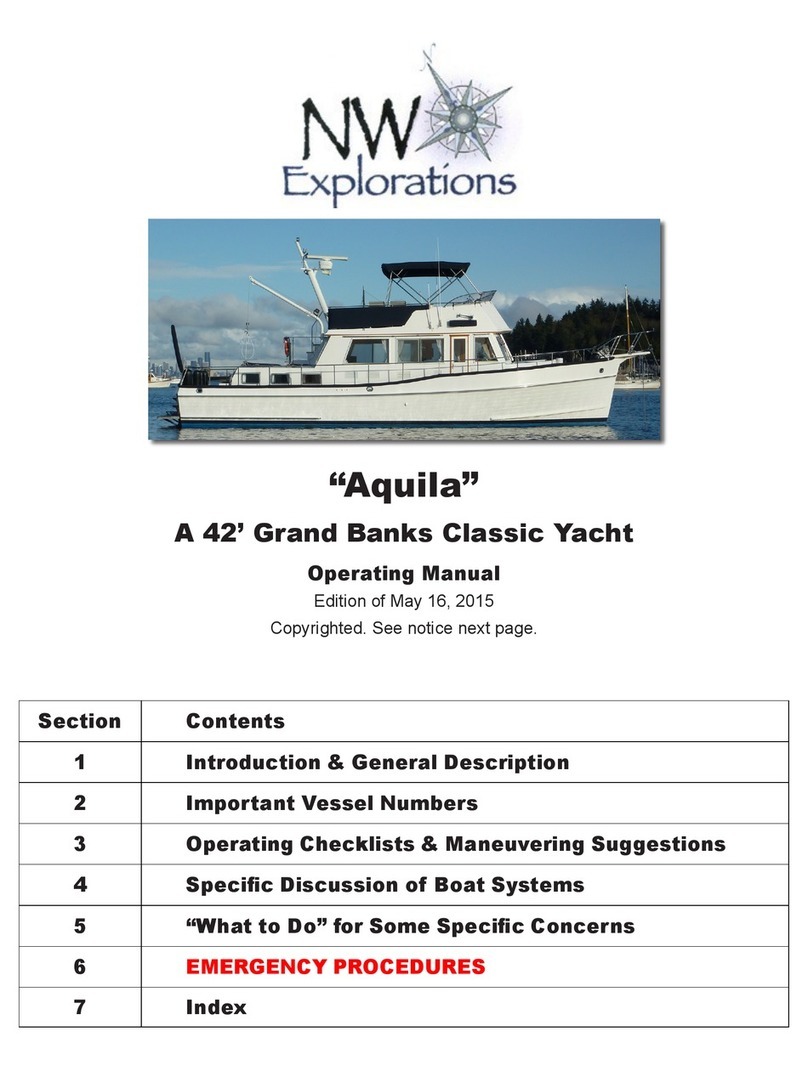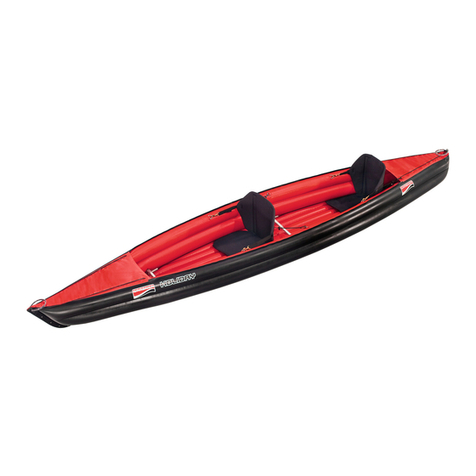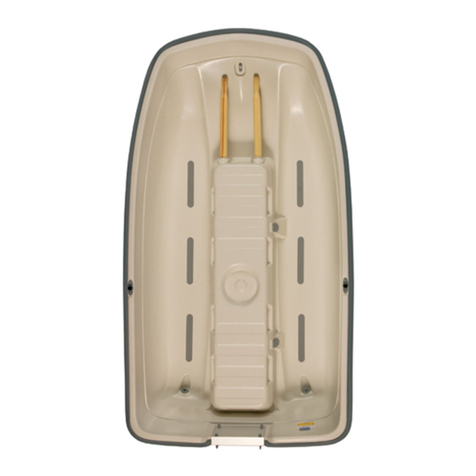GRAVITAS R2781 User manual

Gravitas
Sailing Manual
Gravitas
Sailing Manual

CONTENTS
FORWARD .........................................................1
..........................................2
HALYARDS ........................................................4
SHEETS ........................................................5
WINCHES ........................................................6
KNOTS ...............................................................7
...............................................................8
GENOA #1 ........................................................10
GENOA #2 ........................................................11
GENOA #3 ........................................................12
SPINNAKER........................................................13
...........................14
TACKING ........................................................16
GYBING...............................................................17
WINDWARD MARK .........................................18
LEEWARD MARK .........................................19
LAYOUT & BASICS.\
SAILS
BOAT HANDLING SKILLS
Produced by Ebert Publications
Copyright 2009

Forward
The aim of this manual is to initiate those that are new to the art of sailing and to
familiarise others to GRAVITAS.
The art of sailing is not very complicated but the skill of racing is both
complicated and requires a sense of dedication, awareness, risk taking and
above all a desire to win.
Only when the whole crew work together and to the best of their abilities will the
boat be competitive and success will come.
Gravitas is a ‘one design’ S80 class that is built to a strict class design allowing it
to compete in the most challenging form of racing, against other boats identically
built as yours allowing the skill of the crew to be a major factor as to who wins
the race.
Sandy as the owner & skipper has put his soul and money into his boat and
wants desperately to find success in both the one design and mixed fleet races.
As crew you are shielded from the costs of running a racing yacht but you are
expected to give in other ways such as commitment to the boat and the racing
calendar, gaining skills in your duties, being proactive onboard and giving your
best efforts during a race.
Only when we work as a team will we truly be a racing boat capable of beating all before us.
SPECIFICATIONS:
Length: 8 metres
Crew: 5
Class: Division 3 PHC
S80 in State Championships
Club: Royal Victorian Yacht Club
Berthed: Pen D3
Sails: Battened Main Sail
No.1 Genoa
No.2 Genoa
No.3 Genoa
Spinnaker X2
1

2

BASICS -
Getting to know the boat
BASICS -
3

4

Halyards
IMPORTANT!!
Always look up the mast
to ensure the halyards
are not twisted as this
will make hoisting sails
difficult and could
prevent sails from
lowering when required.
Cockpit
Mast
Halyards
A halyard is a rope
used to hoist or tension
something on the yacht.
Typically all sails are
hoisted by halyards.
When hoisting a
halyard always ensure
the halyard is clear of
any obstacle and not
twisted with other
halyards.
Generally the Mast man
assists by pulling on the
halyard at the mast.
REEF LINE
VANG
MAINSAIL HALYARD
SPINNAKER HALYARD
TOPPING LIFT
OUTHAUL
GENOA HALYARD
CUNNINGHAM
MASTHEAD SPINNAKER
5

Sheets
IMPORTANT!!
Do not put too many
wraps around the winch
when initially pulling in the
sheet on a tack as this
could give you a overrun
which will lock the winch.
Cockpit
Mast
SPINNAKER
SHEETS
Ensure they are
run OUTSIDE
everything and do
not go through the
life lines until the
rear ratchet block
TWEEKER
The Tweeker is a
fine tune for the
Spinnaker sheet and
is used to bring the
Clews of the
Spinnaker even for
maximum
performance.
Sheets
A sheet is a rope used
to control and adjust
the sails.
Typically all sails are
adjusted by sheets.
When trimming a sail
always ensure the
sheet is on the
appropriate winch.
Tweekers are adjusted
by hand as they are
only a fine tune for the
Spinnaker Sheets.
6

Winches
HIGH
LOW
Sheets must only be loaded on to winches in a CLOCKWISE
direction
Tension MUST be applied to the sheet when winding the
winch to get purchase
Beware of trapping your fingers between the sheet and the
winch (It hurts)
When bringing in the slack sheet during a tack DO NOT over
load the winch (1 or 2 wraps at most) or you will create an
overrun where the sheet is pinched by itself
If overrun occurs try to release the pressure on the sheet and
unwind to free it, once free re-wrap the sheet onto the winch
and trim
Winding the winch handle in a CLOCKWISE direction will be
the high geared direction allowing fast retrieval of the sheet
To ease the sheet just ease the pressure of the sheet on the
winch drum, be careful not to release it too quickly as this will
upset the trim of the boat and the Skipper
Winding the winch handle in an ANTI-CLOCKWISE direction
will be the low geared direction allowing more torque on the
sheet
Always replace winch handles in the pockets in the
cockpit
7

Knots
1.
2.
3.
Bowline KnotBowline Knot
The Bowline Knot is the most important knot used on a
yacht as it connects the Genoa sheets to the sails.
This knot can easily be undone.
The Bowline Knot is the most important knot used on a
yacht as it connects the Genoa sheets to the sails.
This knot can easily be undone.
Create a loop in the sheet.Create a loop in the sheet.
Feed the sheet through the
clew and then through the
loop.
Feed the sheet through the
clew and then through the
loop.
Pass sheet around the main
sheet and back through the
loop, leave a tail and pull
tight.
Pass sheet around the main
sheet and back through the
loop, leave a tail and pull
tight.
8

SAILS -
Getting to know the boat
SAILS -
9

10

Genoa #1
GENOA TRIMMING:
The GENOA is used in up-wind
sailing and to get maximum
power and lift from the genoa it
must be constantly trimmed to
current heading and wind, both
of which change regularly.
The TELLTALES on the sail
give an indication of the
trim of the sail with the ideal
setting being the telltales
flowing straight back (refer
above).
Main Sail
Main Sheet
Vang
Cunningham
Out Haul
Genoa Sheet
Clip Sail
Tack to
Shackle
HEAD
2. Feed luff rope into the
left sail track
1. Feed luff of sail through
the pre-feeder
11

Genoa #2
Main Sail
Main Sheet
Vang
Cunningham
Out Haul
Genoa Sheet
GENOA TRIMMING:
The GENOA is used in up-wind sailing
and to get maximum power and lift
from the genoa it must be constantly
trimmed to current heading and wind,
both of which change regularly.
The TELLTALES on the sail give an
indication of the trim of the sail with the
ideal setting being the telltales flowing
straight back (refer above).
Clip Sail
Tack to
Shackle
HEAD
2. Feed luff rope into the
left sail track
1. Feed luff of sail through
the pre-feeder
12

Genoa #3
Main Sail
Main Sheet
Out Haul
Genoa Sheet
Clip Sail
Tack to
Shackle
Feed Genoa
Sheet through
standing block on top
of cabin
HEAD
2. Feed luff rope into the
left sail track
1. Feed luff of sail through
the pre-feeder
13

Spinnaker
The spinnaker is set by:
Bring spinnaker bag to bow
Attach the Halyard, sheet and brace
LOOK UP to make sure the Halyard is not
crossed over the Genoa Halyard
Put brace sheet through spinnaker pole
beak
Attach spinnaker pole to mast
Attach topper halyard to spinnaker pole
Hoist spinnaker pole
Pull back on the brace sheet and lock off
Hoist spinnaker halyard until fully up
Pull on spinnaker sheet to fill spinnaker
?
?
?
?
?
?
?
?
?
?
?
Tighten down haul and lock off
Theory:
The spinnaker can only be used
when the wind is either behind or on
a reach situation.
The use of the spinnaker can greatly
increase boat speed but can
increase the risk of rounding up due
to the pressures involved.
The spinnaker is held in position on
the windward side of the boat or the
opposite side of the boom by the
spinnaker pole which is adjusted
depending on the angle of the wind
relative to the boat, the sail is
controlled by the sheet by which the
sail is kept full by constant trimming.
Whilst under spinnaker a tack is calle
a gybe and entails the moving of the
spinnaker pole to the other side of
the boat
Spinnaker
Spinnaker Pole
Topping Halyard
Down Haul Brace
Sheet
Main Sail
Main Sheet
Vang
Cunningham
Out Haul
14

Sailing Techniques -
Moving the boat
Sailing Techniques -
15

16

Tacking
Cockpit
PORT STARBOARD
Original
Tack
Head to
Wind
New
Tack
WIND
Cockpit
PORT STARBOARD
SETTING UP TO TACK
Generate good
Bring off the rail
Man the
Whilst looking forward to tack
Load up Genoa sheet to winch on the
windward side of the boat
boat speed
crew
winches
prepare
TACKING
As boat comes release
Bring Genoa across the boat by pulling
the slack Genoa sheet
Winch on the Genoa sheet until
trimmed
Lock Genoa sheet into cleat
Boom swings across the boat during
the tack
head to wind
loaded Genoa sheet
SETTING NEW COURSE
Generate good
Bring onto the rail
Man the
boat speed
crew
winches
If on PORT tack keep watch for other
yachts
17

Gybing
WIND
PREPARING TO GYBE
Bowman & 1X Trimmer goes forward
Tactician/Skipper check gybe angles
Mainsheet takes both Spinnaker sheet
and brace in hand (forward of the main
sheet track)
Tweekers are brought to the deck
GYBING
Skipper squares up the boat to a
releases down-haul sheet
disconnects pole from old
brace sheet
floats the spinnaker to keep
it full, easing sheets as required to
assist in the gybing of the pole
un-clips pole from mast and
attaches it to the new brace sheet
attaches the pole to the mast
and calls
gybes the boat
secures brace
tunes spinnaker
Square Run
Trimmer
Bowman
Mainsheet
Trimmer
Bowman
“MADE”
Skipper
Trimmer
Trimmer
SETTING NEW COURSE
Generate good
Bring onto the rail
Man the
boat speed
crew
winches
If on PORT tack keep watch for other
yachts
‘Gybing is a
down wind
tack’
18
Table of contents
Popular Boat manuals by other brands

Sea Ray
Sea Ray 480 Sedan Bridge Owner's manual supplement

Rave Sports
Rave Sports Bongo 10 owner's manual

Hobie
Hobie SPORT CRUISER 21 Assembly manual

Grady-White Boats
Grady-White Boats Freedom 285 owner's manual

Carver Yachts
Carver Yachts 38 Super Sport owner's guide
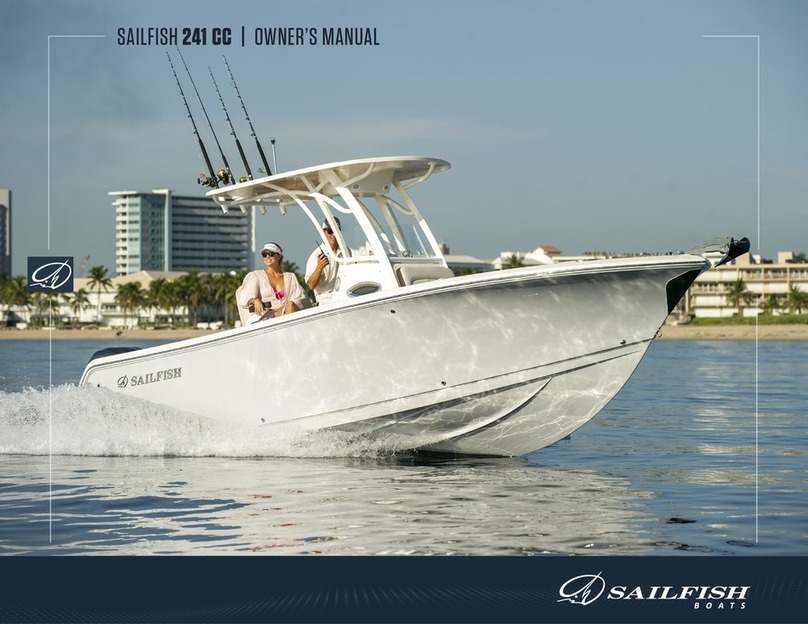
Sailfish
Sailfish 241 CC owner's manual
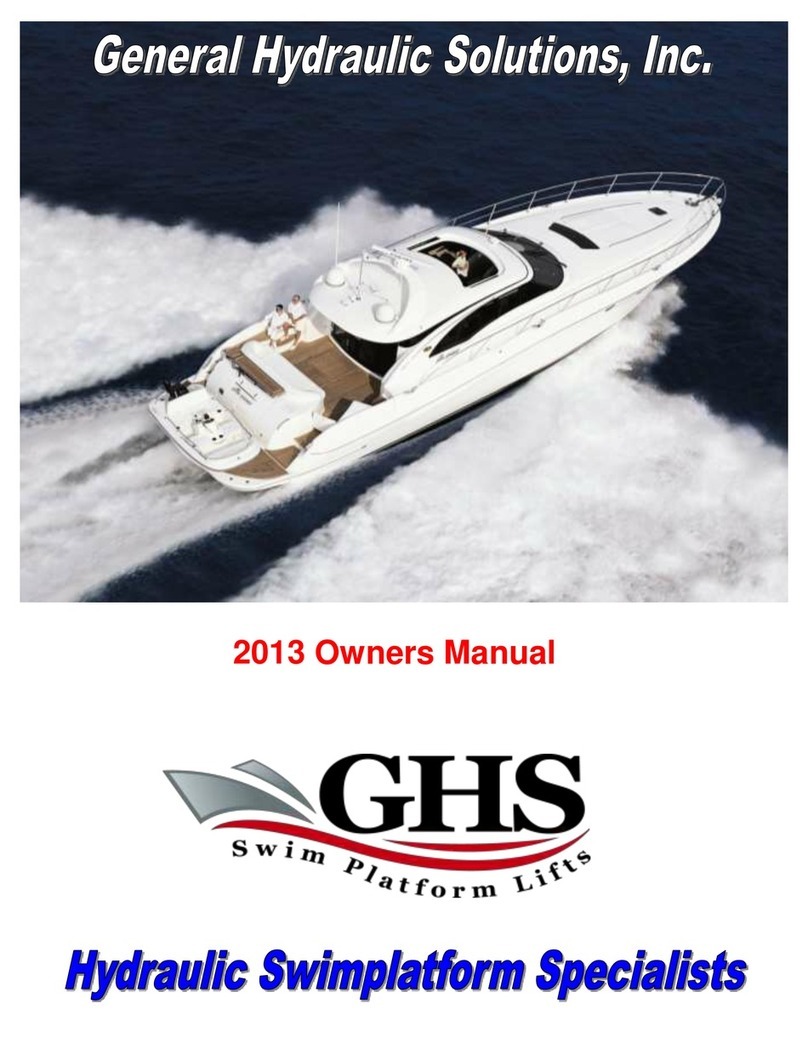
GENERAL HYDRAULIC SOLUTIONS
GENERAL HYDRAULIC SOLUTIONS 2013 owner's manual
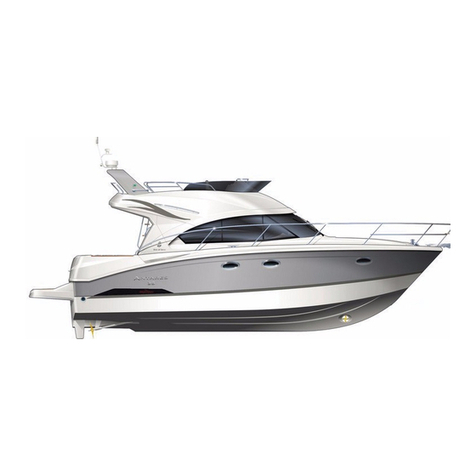
BENETEAU
BENETEAU ANTARES 36 owner's manual

Sea Eagle
Sea Eagle SE330 Instructions and owner's manual
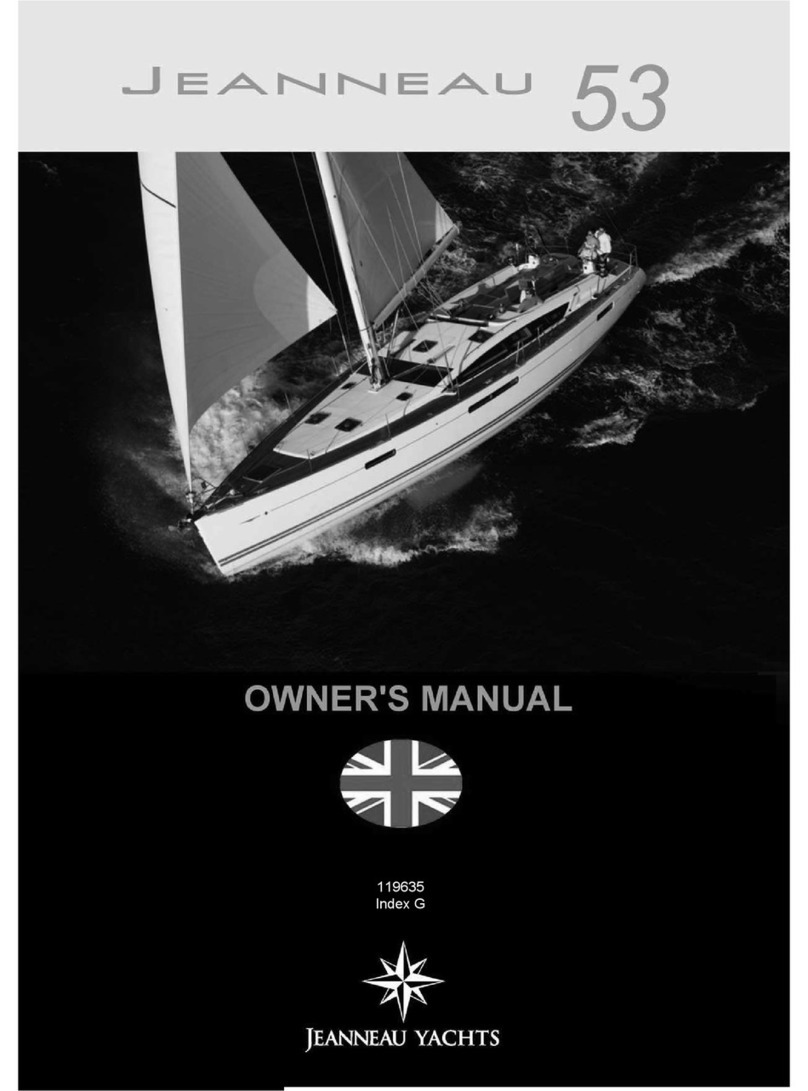
Jeanneau
Jeanneau 53 owner's manual
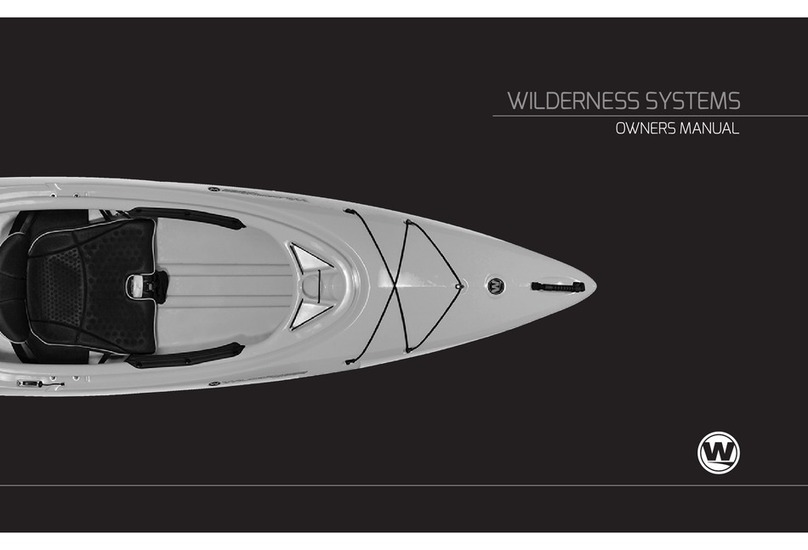
Wilderness Systems
Wilderness Systems 2014 Kayak owner's manual

Pelican
Pelican Sentinel 100XR manual
